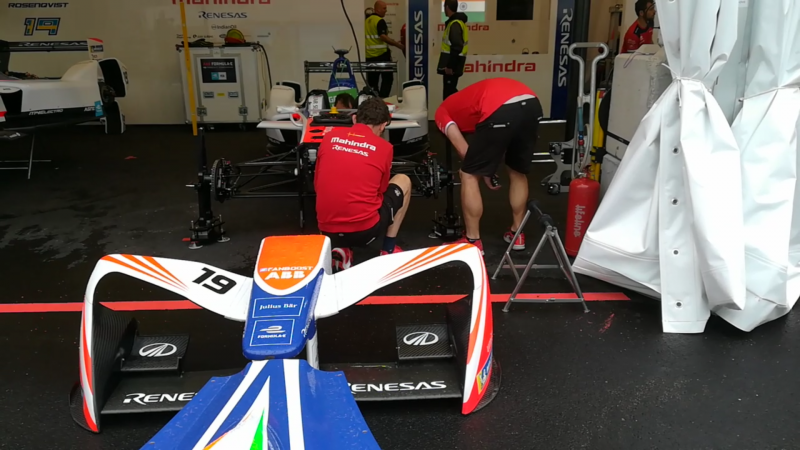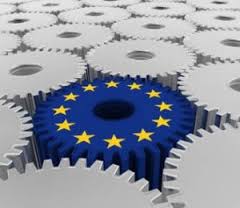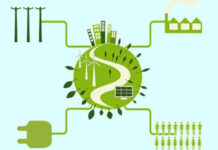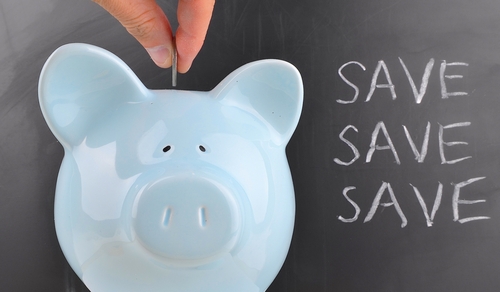Interview to Marjolein Scheers, Umicore Group Media & External Affairs Manager, on the new partnership between Umicore and Abb Fia Formula E championship to implement battery recycling programme.
Can you give me more details about the partnership with Formula E Championship?
Umicore has partnered with ABB FIA Formula E Championship to recycle the lithium-ion battery units and cells used during the first two seasons of the electric street racing series. The batteries have been collected and are currently in the process of being recycled.
Will you recycle only the batteries of the first two seasons? What about the battery of the other editions?
At this point in time these batteries are still in use. The cars of seasons 3 and 4 are used in other smaller championships, amongst others to allow young drivers gain experience in electric car racing.
Can you describe hydrometallurgical treatment of battieries – the sorting, dismantling and recycling phases?
The Umicore battery recycling process is a combination of pyro metallurgical and hydro metallurgical processing. We have proprietary (in-house) smelting technology, minimizing energy consumption and treating potentially harmful gases. Hydrometallurgy is used to recover the metals.
After sorting and dismantling, metals will be recovered in a high temperature smelting process. Treatment includes the safe dismantling of the batteries, without crushing or shredding the cells. The advantage of this process is that operators and the environment are not exposed to hazardous battery compounds. Recycling includes the transformation of battery materials in a smelter into a metal alloy, containing Co, Ni and Cu and a concentrate containing Li. This fraction is further refined for Li recovery. Next they are converted into active cathode materials for the production of new rechargeable batteries or other products.
Which raw materials can you recover? Which commodity will you produce, only new rechargeable batteries?
Metals are infinitely recyclable without losing their properties. Umicore provides recycling services for rechargeable Lithium-Ion (Li-ion) batteries from all possible applications, such as computers, mobile phones and EV batteries.
From these batteries, valuable metals are recovered so that they can be recycled to their purest form and converted into active cathode materials for the production of new rechargeable batteries or other products. The recycling rate is about 95 % for target metals like Cu, Co and Ni. From an environmental and market point of view, a closed loop approach in recycling so the metal ends up back in battery production, will become more important and valuable in future.
Do you follow the entire supply chain? Will you close partnership with local utilites? What do you mean for “closed loop approach”?
Umicore is in the unique position to close the material loop, this means we control the supply chain from the moment we collect the batteries till the moment we sell the recovered metals under form of NMC cathode materials used to produce new lithium batteries.
Will you use an ecological fleet to transport the batteries from the lane to plant?
In future, as volumes grow, localised dismantling in other global locations will help to reduce recycling costs by reducing transportation costs.
Can you sell the secondary raw materials produced?
The process is energy efficient as it recovers the energy present in the batteries, while treating potentially harmful gases, it also provides high recovery yields. The gas is cleaned so there are no harmful emissions.
The copper, cobalt and nickel metals are sent to metal refineries, which then process them so they are ready to be as feedstock for new cathode materials. This closed loop approach results in a dramatically lower environmental footprint of the resulting battery materials.
Which are the costs of the process also in terms of energy consuption and environmental impact? Can you give me some percentage?
We do not disclose the cost structure of our processes. In the recycling process itself, sustainability comes first: different parts in a battery cells, modules or packs contain components with a high enough energetic value to run the melting process without significant input of primary energy.
Also eco-efficiency is highly important in the design of our production plants. For example, our new to-be-built cathode materials production plant in Poland will use 100% green energy.
In general, our internal studies (confirmed by independent external work) show that recycling has an environmental benefit versus mining when it comes to CO2 impact. Recycling has proven added value and environmental benefit.
Per ricevere quotidianamente i nostri aggiornamenti su energia e transizione ecologica, basta iscriversi alla nostra newsletter gratuita
e riproduzione totale o parziale in qualunque formato degli articoli presenti sul sito.

















